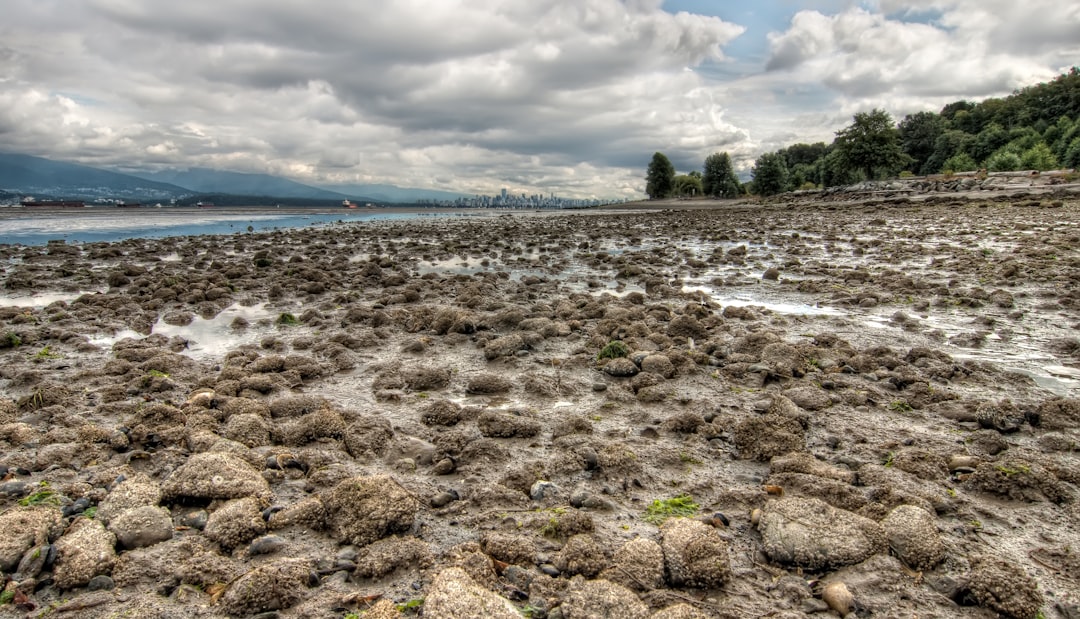What is it about?
Have you ever wondered how climate change affects our water resources? Traditionally, scientists use correlations between different variables to predict the impact of climate change on water bodies. But this approach has limitations since it cannot establish a cause-and-effect relationship between the variables. In this study, we used a more accurate method called Granger-causality to investigate the impact of climate change on Maharlou Lake, Iran. This inland water body has been experiencing unprecedented depletion patterns recently, and projections show that the changing climate could exacerbate this problem. Our findings show that the lake will continue to shrink in the near future, particularly during August to October. However, the depletion is projected to be less severe during February to April. The extended model we used also suggests that climate change will have a more severe impact on the lake, further worsening the depletion. Overall, our study sheds light on the importance of using accurate methods to predict the impact of climate change on water resources. Understanding the impact of climate change on inland water bodies like Maharlou Lake is crucial for developing effective strategies to manage our water resources in the face of global climate change.
Featured Image

Photo by Zainal Azrin Mohamad Saari on Unsplash
Why is it important?
The research described here is of great importance because it offers a more accurate approach to projecting the potential effects of climate change on hydro-climatic variables. Traditionally, researchers have examined correlations with exogenous variables to establish the potential impact of climate change. However, this approach does not guarantee a cause-effect relationship between variables. The use of Granger-causality in this study offers a more precise alternative to exogenous variables needed to expand time-series models. The findings of the study, which focused on Maharlou Lake in Iran, are particularly significant as the region's water resources are already under pressure, and studies project that changing the local climate could further exacerbate the situation. The results show that shrinkage observed in the lake's time-series data is expected to continue in the near future, with more pronounced depletion patterns in certain months. The study's results suggest that climate change is likely to be a major factor contributing to this depletion pattern, emphasizing the urgent need to address the impact of climate change on freshwater resources.
Perspectives
This project always has a place near and dear to my heart! We spent months brainstorming how to approach this question and how to implement this idea, and every minute of it, though challenging, was an absolute blast.
Babak Zolghadr-Asli
University of Exeter
Read the Original
This page is a summary of: Application of Granger-causality to study the climate change impacts on depletion patterns of inland water bodies, Hydrological Sciences Journal, September 2021, Taylor & Francis,
DOI: 10.1080/02626667.2021.1944633.
You can read the full text:
Contributors
The following have contributed to this page










